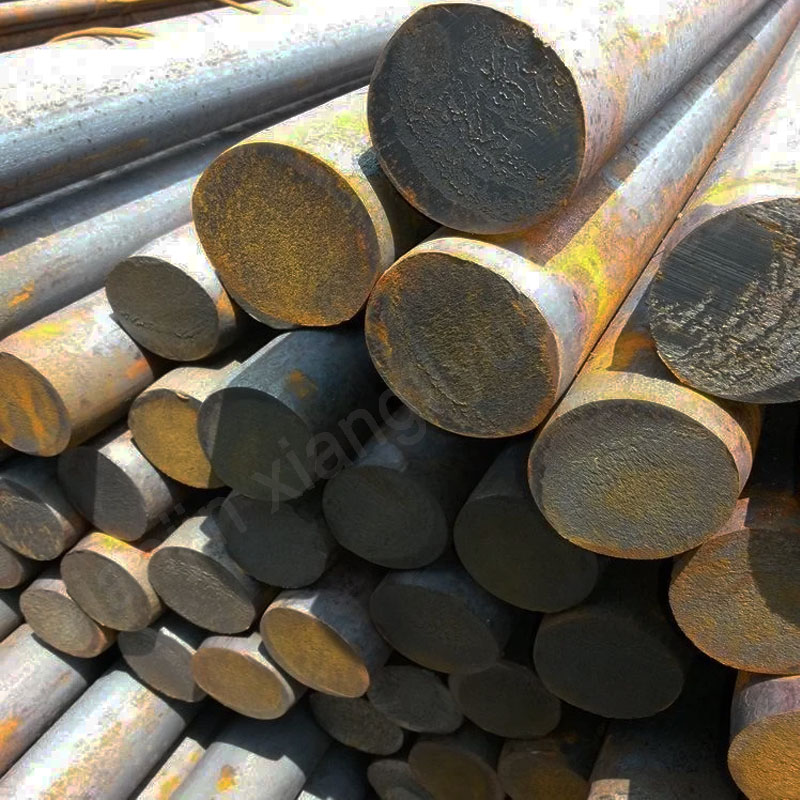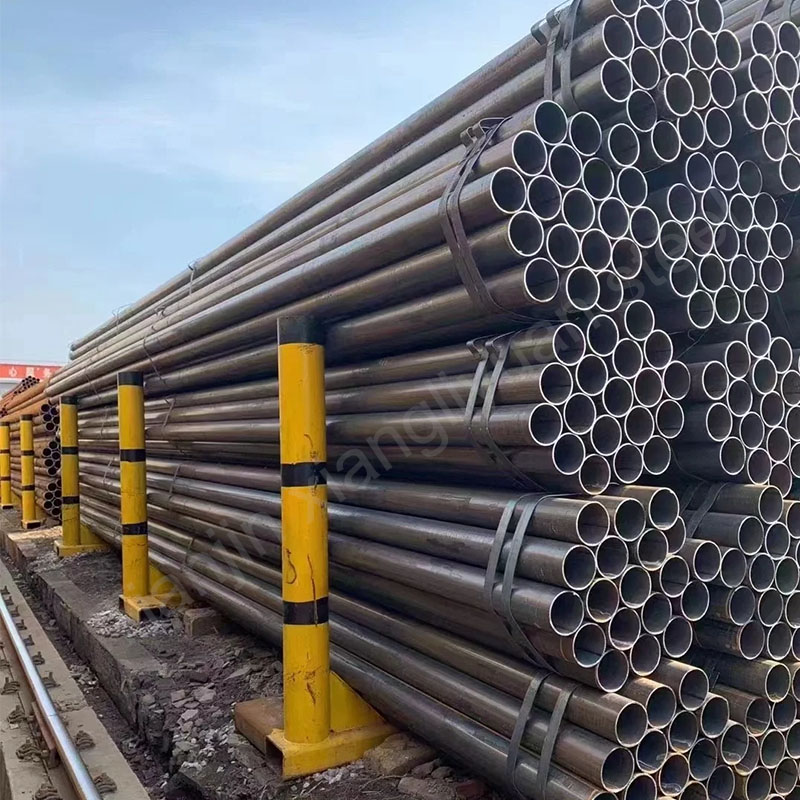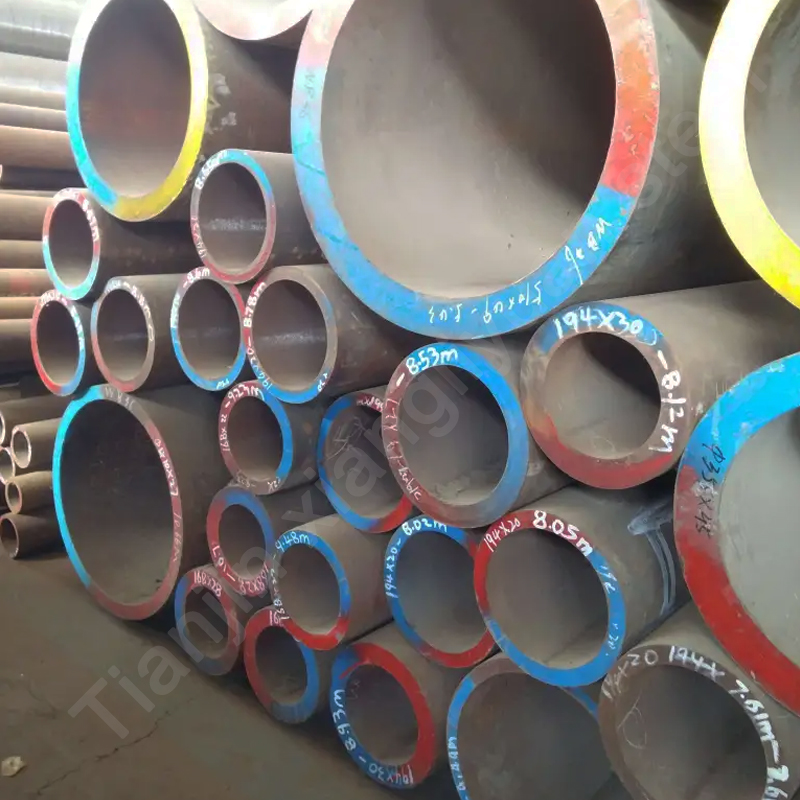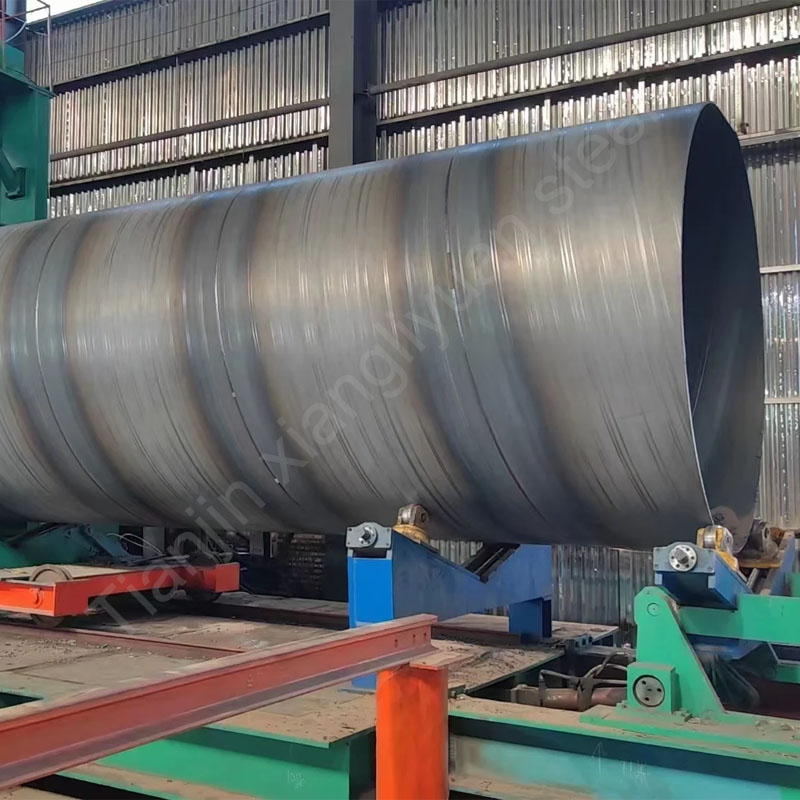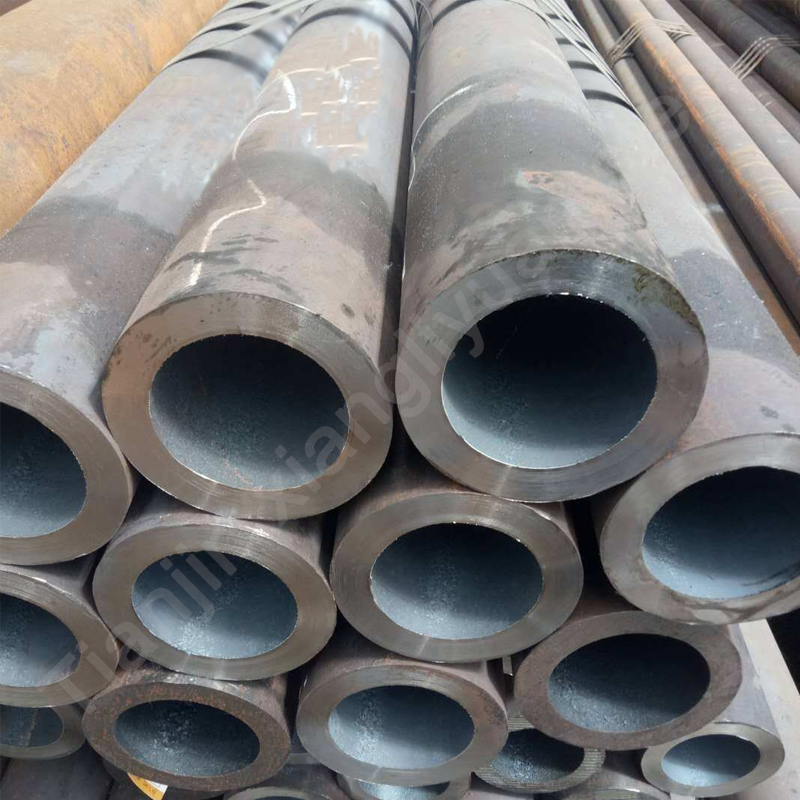Choosing the Right Material for Your Industrial and Construction Projects
As a professional steel pipe manufacturer, we understand that selecting the appropriate material is critical for your project’s success. Two commonly compared grades—20# steel (SAE 1020) and 45# steel (SAE 1045)—often spark questions like:
“What are the differences between 20# and 45# steel pipes?”
“Which grade suits hydraulic systems vs. machinery parts?”
“How does carbon content impact weldability and strength?”
In this guide, we break down their Chemical composition, mechanical properties, industry applications, and cost-efficiency to help buyers make informed decisions.
1. Chemical Composition: The Core Difference
The fundamental distinction lies in carbon percentage, which directly affects hardness, ductility, and thermal processing:
| Element | 20# Steel (SAE 1020) | 45# Steel (SAE 1045) |
|---|---|---|
| Carbon (C) | 0.17–0.23% | 0.42–0.50% |
| Manganese (Mn) | 0.30–0.60% | 0.50–0.80% |
| Phosphorus (P) | ≤0.040% | ≤0.040% |
| Sulfur (S) | ≤0.050% | ≤0.050% |
20# Steel: Classified as low-carbon steel, ideal for cold-forming and welding.
45# Steel: A medium-carbon steel with higher strength, often heat-treated for gears or shafts.
2. Mechanical Properties Comparison
A. Strength & Hardness
20# Steel:
Tensile Strength: 410–530 MPa
Yield Strength: 245 MPa
Hardness: 111–156 HB (Annealed)
Advantage: Excellent ductility for bending and stamping.
45# Steel:
Tensile Strength: 590–810 MPa (Quenched & Tempered)
Yield Strength: 355 MPa
Hardness: 170–210 HB (Normalized), Up to 55 HRC after heat treatment
Advantage: Superior wear resistance for high-stress components.
B. Impact on Pipe Performance
20# Pipes: Resist deformation under pressure, suitable for fluid transport.
45# Pipes: Withstand heavy loads, ideal for structural and mechanical uses.
3. Manufacturing & Processing Differences
A. Weldability
20# Steel:
Low carbon reduces risk of cold cracking.
Compatible with all welding methods (TIG, MIG, Arc).
Minimal preheating required (ideal for on-site pipe repairs).
45# Steel:
Prone to heat-affected zone (HAZ) brittleness.
Requires preheating (150–300°C) and post-weld annealing.
Best for forged/fabricated parts rather than welded pipes.
B. Machinability
20# Steel: Soft structure allows high-speed cutting but may cause burrs.
45# Steel: Harder surface improves finish quality; requires carbide tools.
C. Heat Treatment
20#: Rarely heat-treated (except carburizing for surface hardening).
45#: Often quenched & tempered to enhance strength:
Quenching at 840–860°C → Tempering at 550–600°C.
4. Industry Applications: Where to Use Each Grade
A. 20# Steel Pipes – The Flexible Workhorse
Hydraulic Systems: ASTM A106 Grade B pipes for oil/gas transmission.
Automotive: Exhaust pipes, fuel lines (excellent formability).
Construction: Scaffolding, water supply (GB/T 8163 standard).
Agriculture: Irrigation sprinkler systems.
B. 45# Steel Pipes – The High-Strength Specialist
Machinery: Shafts, gears, spindles (quenched for durability).
Mining: Drill rods, conveyor rollers (resists abrasion).
Automotive: Chassis components, steering parts.
Tooling: Jigs, fixtures, die holders (hardness-critical uses).
5. Cost-Benefit Analysis: Budget vs. Performance
| Factor | 20# Steel | 45# Steel |
|---|---|---|
| Material Cost | 800/ton (lower carbon) | 950/ton (higher alloy) |
| Processing Cost | Low (minimal heat treatment) | Higher (quenching required) |
| Lifespan | 10–15 years (moderate load) | 20+ years (heavy-duty) |
| ROI Scenario | Cost-sensitive fluid systems | Long-term structural projects |
6. Key Standards & Certifications
20# Steel Compliance:
ASTM A53 (Grade A/B), API 5L Gr.B
EN 10255 (Non-alloy welded pipes)
GB/T 8163 (China fluid transport standard)
45# Steel Compliance:
ASTM A106 (High-temperature service)
DIN 17100 (St52 structural steel)
JIS G4051 (S45C mechanical parts)
7. FAQs: Addressing Buyer Concerns
Q1: Can 20# steel replace 45# steel for high-pressure applications?
A: Not recommended. 20#’s yield strength is 30% lower—risk of deformation under 3000+ PSI.
Q2: Does 45# steel rust faster than 20#?
A: Corrosion rates depend on environment, not carbon content. Both require galvanizing/painting in humid climates.
Q3: Which grade is better for CNC machining?
A: 45# offers better surface finish; 20# may require post-machining deburring.
8. How to Choose Between 20# and 45# Steel Pipes
Ask these questions:
Load Type: Static (e.g., water pipes) → 20#; Dynamic (e.g., conveyor systems) → 45#.
Fabrication Needs: Welding/forming → 20#; Machining/heat treatment → 45#.
Budget: Upfront savings → 20#; Lifetime durability → 45#.
For hybrid requirements, consider customized carbon-manganese blends (e.g., 30# steel).
Conclusion: Match Your Project Needs with the Right Steel Grade
20# and 45# steels serve distinct roles in pipe manufacturing:
20# (SAE 1020): Economical, easy-to-process choice for low/medium stress.
45# (SAE 1045): High-performance option for heavy machinery and wear resistance.
Still Unsure? Tianjin xiangliyuan steel provides free material selection consultations, with 20# and 45# pipes compliant with ASTM, EN, and JIS standards. Download our Steel Grade Handbook or request samples to test hardness and weldability.

